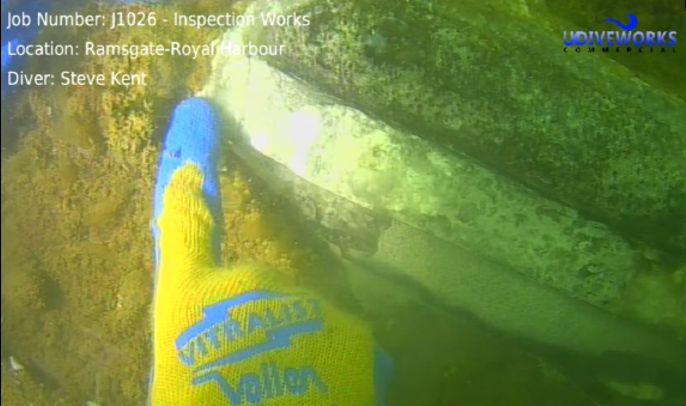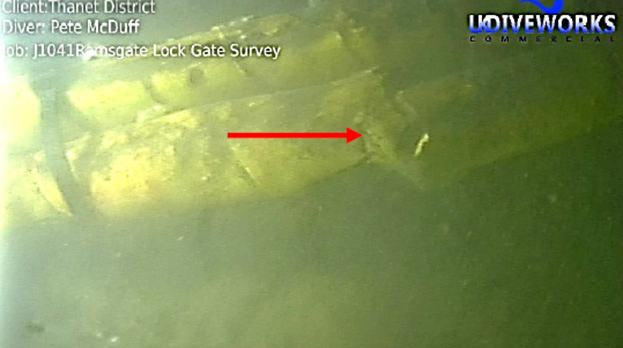Activities Include:
Diveworks International (DWI) were requested to assist with the installation of a new anodes and seal replacement around the mitre gates situated in the inner harbour at Ramsgate.
After initial inspection where DWI inspection divers identified several heavily deleted anodes on the mitre gate it was recommended these were replaced.
DWI also identified the gate seals were falling away and were no longer effective. Although DWI advised on a more quality a purpose-built seals it was requested by the client they are replaced for a like for like.








Anode protection
Subsea anode protection, often referred to as cathodic protection, is a method used to prevent corrosion on submerged structures, such as pipelines, offshore platforms, and marine vessels. It involves using sacrificial anodes, typically made from metals like zinc, aluminium, or magnesium, which corrode preferentially instead of the structure being protected.
Sacrificial Anodes:
Materials: Commonly made from metals like zinc, aluminium, or magnesium, which are more anodic than the steel of the structures they protect.
Function:
These anodes corrode preferentially, sacrificing themselves to protect the underlying metal structure from corrosion.
Working Principle:
Electrochemical Process:
Corrosion occurs when two dissimilar metals are in contact in the presence of an electrolyte (like seawater). The more active metal (the anode) will corrode instead of the less active one (the cathode).
Electron Flow:
As the sacrificial anode corrodes, it releases electrons, which flow to the protected structure, preventing it from oxidizing.
Installation: